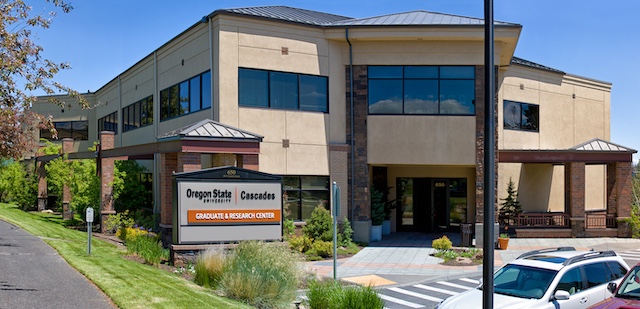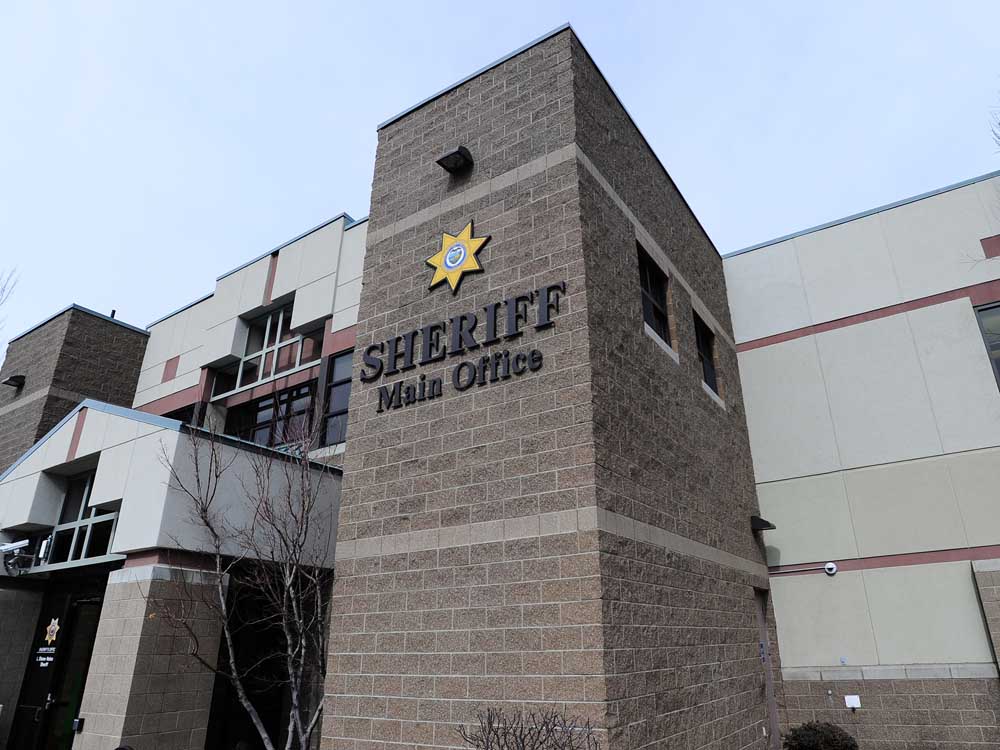A busy hiking season is underway in Central Oregon
Published 5:00 am Friday, June 12, 2020

- Bend’s Andrew Williams, left, and Mark Johnson hike through lingering snow on their way to No Name Lake near Broken Top in late July2018. Many high-elevation trails in the Three Sisters Wilderness remain under snow until well into summer.
Some of the most popular hiking trails in the state — perhaps in the entire Northwest — are a few miles west of Bend, high in the Three Sisters Wilderness. Many of these remain covered in snow until well into the summer, as hikers await their chance to venture into the spectacular rocks, creeks and peaks of the Central Oregon Cascade Range.
“It is always hard to tell, but we do expect them to open sooner than average,” says Jean Nelson-Dean, Deschutes National Forest public affairs officer.
Trending
“People often think they can hike these trails as soon as June hits. This isn’t the case generally.”
The Deschutes and Willamette national forests planned on implementing a limited entry permit system for many of these trails this year, which would require hikers to apply ahead of time and pay a fee to enter the area. Due to the COVID-19 pandemic and the inability to provide any certainty to the public of when reservations could be made, the permit system will be delayed until 2021.
The trails will no doubt continue to see much use this season, but the U.S. Forest Service is not overly concerned about overcrowding due to the one-year delay.
“It is hard to know how people will make their plans this year for travel given so much uncertainty,” Nelson-Dean says. “We believe that our wilderness trails will likely receive a lot of use, as in years past. The decision to implement a permit system for some of our trails was made to address the issue of resource damage in these areas for the long-term, so the short-term delay of implementation will not change that need.”
She adds that she believes the pandemic will not add to the problem of increased use on the wilderness trails.
“We expect people to follow social-distancing guidelines for their own safety, but we will not be ensuring or monitoring social distancing on our trails,” Nelson-Dean said.
Trending
While many trailheads on the Deschutes National Forest were closed earlier in the pandemic, most are now open. But some trailheads remain closed due to snow or hazardous trees.
The most popular trails in the Three Sisters Wilderness — Green Lakes, Devils Lake/South Sister, South Sister Climbers’ trail, Broken Top, and Tam McArthur Rim — remain at least partially covered by snow, according to the Forest Service. Another extremely popular trail, the Deschutes River Trail, has been snow-free for weeks but is frequently packed with hikers, mountain bikers and runners.
The Deschutes National Forest has more than 2,000 miles of trails, so Forest Service officials often encourage hikers to find a new trail and explore other areas that maybe are not as crowded.
“Even within the Three Sisters Wilderness, 55% of use occurs on five popular trails, and there are 36 trails in the Three Sisters Wilderness,” Nelson-Dean says. “Some wilderness areas people might explore are the Diamond Peak and Mt. Thielsen wildernesses or trails on the Ochoco National Forest if they want to avoid more people and contact.”
As outdoor enthusiasts make their hiking plans, they should carry or wear a mask as appropriate in parking areas, according to Nelson-Dean. They should also make others aware of their presence and allow others to safely pass at a distance.
The Forest Service is currently not providing bathroom cleaning or garbage services at many of its sites.
“People should follow Leave No Trace guidance and be prepared to bury their human waste in an 8-inch deep hole as well as pack out all toilet paper and other garbage,” Nelson-Dean says. “We are working to provide all services to our trailheads, but people should come prepared to be self-sufficient.”
Public lands across the nation, and certainly the Deschutes National Forest, have seen an increase in use during the pandemic. This has added to the Forest Service’s challenge of doing maintenance activities that are normally done routinely in April and May in a shorter timeframe, according to Nelson-Dean.
“We really appreciate how much people are clearly realizing the value of their public lands at this time,” Nelson-Dean says. “We are excited to be moving forward to opening sites, but we still ask people to stay out of closed sites so we can get crews in to do what is needed to open sites, and to please come prepared for the weather and the status of services at a site.
“If everyone can just be respectful of other people on the trails and work to maintain social distancing, trail-use can be a great way to get outside.”
There are no doubt plenty of trails in Central Oregon. And as the snow continues to melt, hikers will have even more options.








